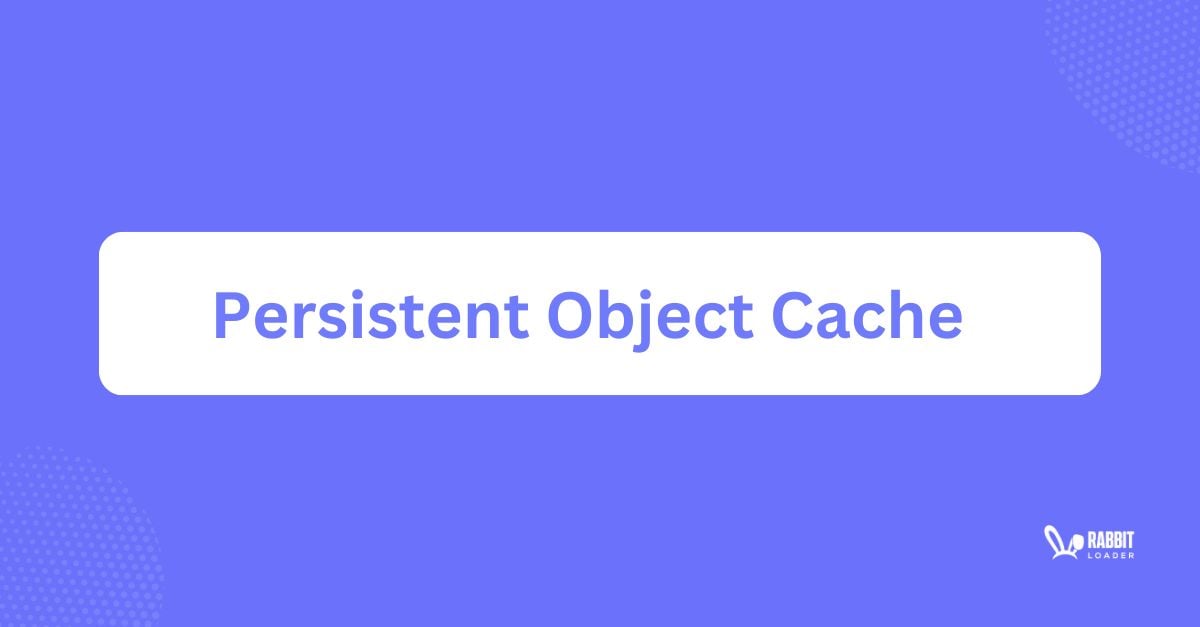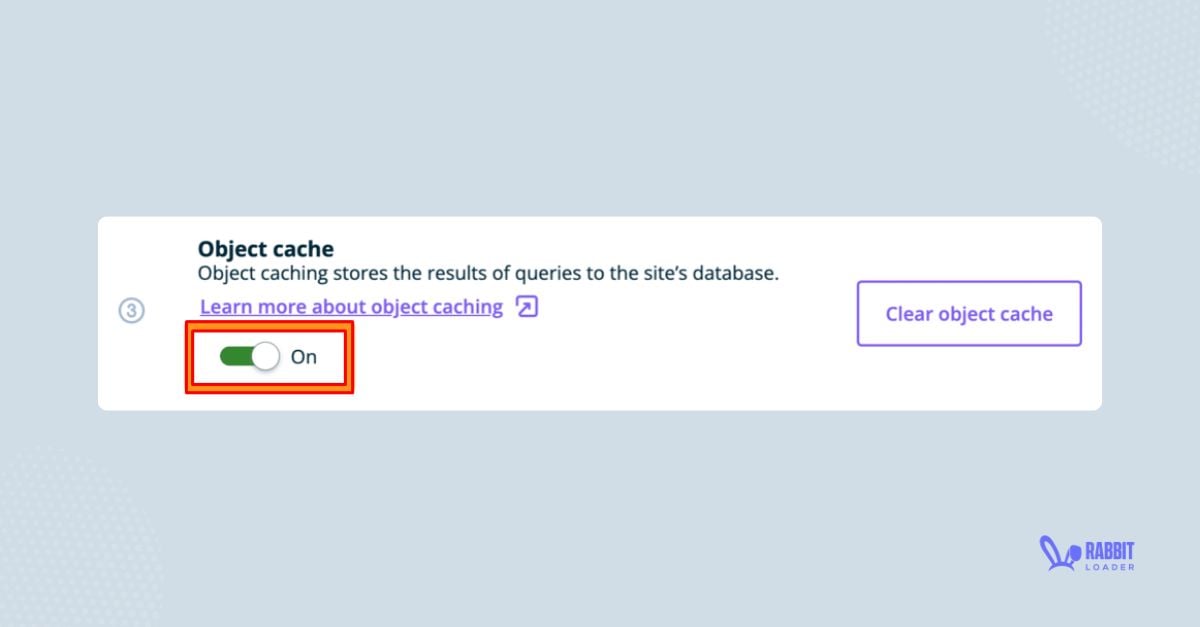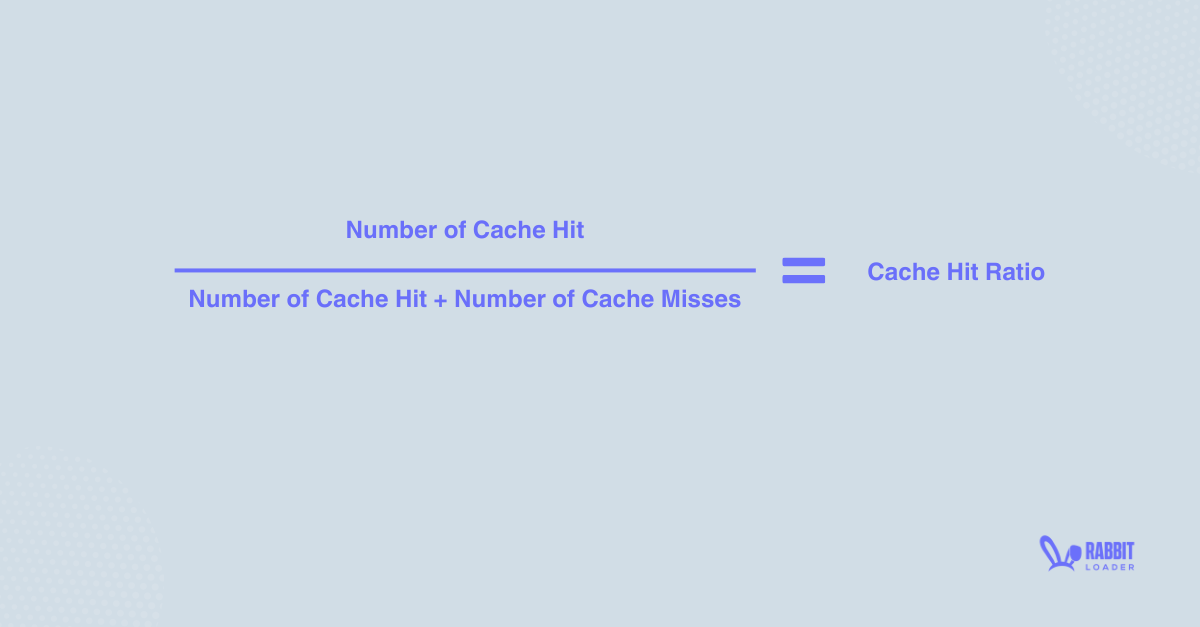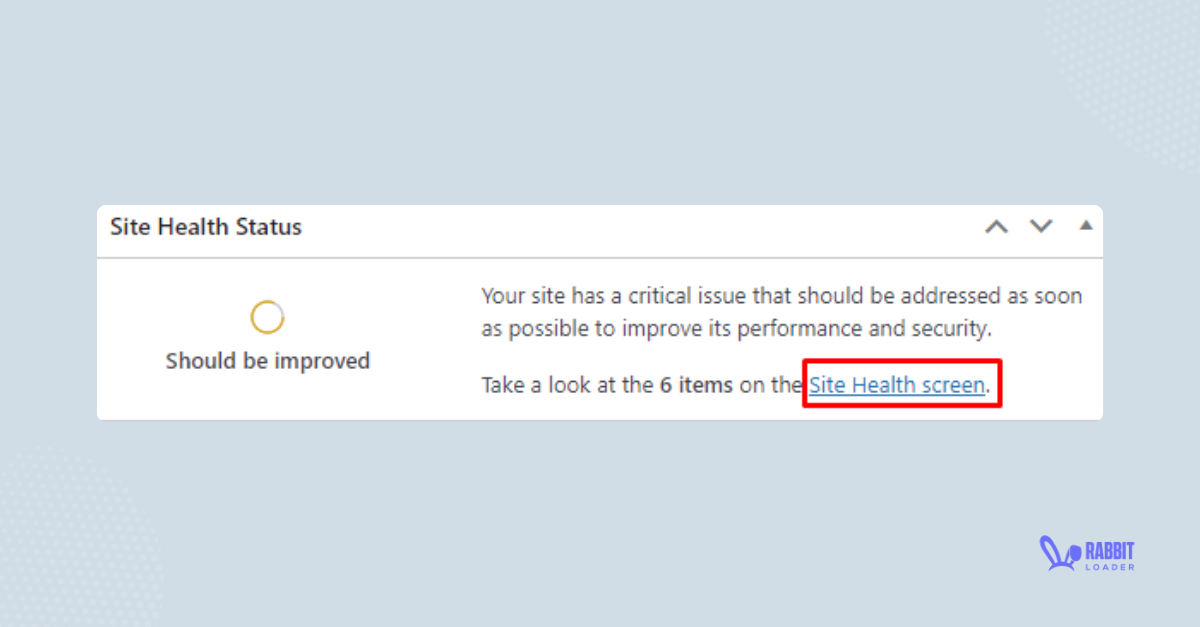A persistent object cache is a powerful tool that significantly improves your WordPress website’s pagespeed performance.
Your users expect a fast-loading website, but seeing a slow WordPress website can ruin their experience and increase their bounce rate. A Persistent Object Cache can be used to solve this issue.

You might be tempted to use Persistent Object Cache on your website, but first learn about persistent object cache in detail, how it works, and the benefits of using it in your WordPress website. Also, we will discuss the best practice for using persistence object cache – Redis and Memcached.
Page Contents
What is a Persistent Object Cache?
Your wordpress website consists of PHP objects. These PHP objects are constantly built, initiated, and removed by your memory manager. These actions can overload your server, leading to a slow WordPress website. This issue can be solved by a persistent object caching mechanism.
Before going to the persistent object cache, you first need to understand what object cache is.
What is Object Cache?
An object cache is a built-in object-caching mechanism that is used to store the database query results in cache memory so that, the next time a query is needed, it can be quickly fetched from the object cache instead of querying the original database again.
A persistent object cache is known as a specialized server, such as Redis or Memcached, that is used to store your data in a way that persists beyond a single request or an entire session’s duration.

In simple words, a persistent object cache is a server side caching technique where data is stored in a persistent storage such as an in-memory data structure store. It allows for a quicker retrieval of the data query.
For example, imagine your WordPress website has high organic traffic. Your website’s pagespeed will decrease due to server overloading. Implementing a persistent object caching technique can solve this issue by caching frequently accessed data queries in RAM.
How Does an Object Cache Work?
An object cache helps reduce frequently repeated queries by caching the query results from the first request. Let’s examine how it works in just three steps.
- Requesting Data
When your visit requests for certain data on your website for the first time, the browser sends an HTTP request to your web server.
- Check Cache
After receiving the HTTP request, it will check if the requested data is available in the object cache. This checking is usually performed by using a unique key. This key is based on the URL, database query, or other unique identifier.
- Cache Hit
If the requested data is present in the object cache, then it will directly be sent to the user. This process is known as cache hit.
If the requested data is not there in the object cache, then it will be served from the original database. This is known as a cache miss.
What is the Cache Hit Ratio?
The cache hit ratio monitors a cache’s efficiency. It measures how successfully an object cache serves the requested data to your user.

The cache hit ratio is defined as the percentage of the total number of cache hits to the total number of requested data: cache hit & cache miss.
See more: BF Cache
Let’s understand with an example.
| Cache Hit Ratio | 85% |
| Total number of requested data | 100 |
| Cache Hit | 85 |
| Cache Miss | 15 |
Difference Between Persistent Object Cache and Non-Persistent Object Cache
Let’s see the different types of object caching. The object cache is categorized into two types.
- Persistent Cache
- Non-Persistence Cache
| Persistent Cache | Non-Persistence Cache | |
| Definition | The persistent object caching technique stores the data for a long time. The data persists beyond a single request or entire session duration. | The Non-Persistence cache stores the data temporarily. The data does not persist for the entire session. |
| Characteristics | Use Redis cache and Memcached Longer lifespan | Use an application’s memory. Short lifespan. |
What are the Benefits of Using a Persistent Object Cache on Your Website
Let’s see the two most important benefits of using a persistent object cache on your WordPress website.
- Reduce Your Database Workload
A persistent object cache is used to minimize the database queries by storing frequently accessed data in memory. Thus, it drastically reduces the database load, leading to a faster-loading WordPress website.
- Decoupling from External System
A persistent object cache provides buffer layers that allow the application to run even if the database ( primary data source) is slow or temporarily unavailable. Thus, it will improve your WordPress site’s performance.
All in One Optimization Plugin
No Coding Knowledge Required
How Can You Check if Your WordPress Site Needs a Persistent Object Cache
A persistent object cache may not be required for all WordPress websites. But, a persistent object cache improves your website’s pagespeed performance, Only if your large website has lots of visitors.
To see whether your WordPress website requires a persistent object cache or not, you need to check your site health status by following the below steps:
- After logging into your WordPress dashboard, click on the Site Health screen link.

- Wait for some time to finish the loading.
- After waiting for some time, you can see some suggestions to improve your site’s performance.

- Click on Performance. In this tested website, a persistent object cache is required.

How to Use Persistent Object Cache With WordPress
- Redis
Redis (Remote Dictionary Server) is an open-source in-memory caching solution for data structures such as lists, strings, and hashes. Redis object cache is especially useful for session storage, database query caching, and other similar uses.

There are a lot of WP caching plugins available that support Redis object cache such as Redis Object Cache, Object Cache Pro, WP Redis, and so on. Let’s see the installation process of the most popular Redis cache.
Check also: Web Caching Strategies
How You Can Install the Redis Object Cache Plugin?
To install the Redis cache in your WordPress site, you need to follow the steps:
Prerequisite:
- RAM: A minimum of 2GB or higher RAM is required. If your WordPress server doesn’t have this, you need to upgrade it.
- PHP: The PHP version needs to be more than 7.2.
- Hosting: In the case of shared hosting, sometimes you need to upgrade your hosting package or switch hosts to install Redis object caching. If you are on managed wordpress hosting, it’s more likely that it will be available for free.
Steps:
- After logging into your WordPress admin, click on Add New Plugin in the Plugin section.

- Search the Redis Object cache in the search box.
- Click on the Install Now.

- After installing click on the Activate section.

- After activating this wordpress object cache, click on Enable Object Cache.
- Memcached:
Memcached is an open-source WordPress object caching system that stores strings and objects (resulting from database queries, API calls, or page rendering) in the server’s RAM.

It consists of four major components:
- Client Software (collect the list of distributed Memcached servers)
- Client-Based Hashing Algorithm (Selete the server based on the keys)
- Server Software (Store that data (values and keys) in the hash table )
- Server Algorithm (decide when to delete the old data)
Several caching plugins available in the wordpress ecosystem, that support Memcached such as Speed Optimizer, Object Cache 4 Everyone, and many more.
Is RabbitLoader Compatible with Redis Object Cache and Memcached Object Cache?
As RabbitLoader is designed to be compatible with various wordpress cache plugins, it will be compatible with WP object cache plugins as well such as Redis persistent object cache and Memcached object cache.
Apart from the wordpress website, if you have a Laravel and PHP website, you can use RabbitLoader SDK because it is compatible with other caching plugins.
FAQ:
1. Which cache plugins are compatible with Memcached?
Most of the plugins that are available in the WordPress eco-system are compatible with Memcached such as RabbitLoader, w3 total cache, wp super cache, Litespeed cache, and many more.
All in One Optimization Plugin
No Coding Knowledge Required